Safari Destinations
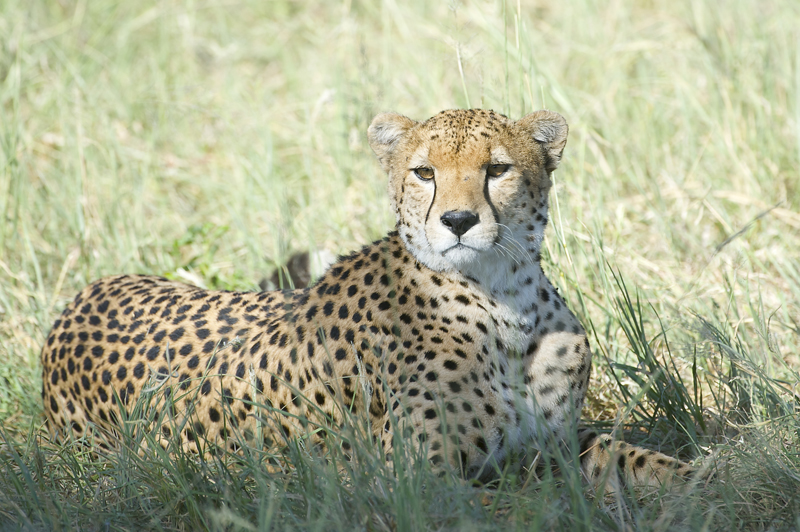
Selous Game Reserve
Area: 55,000 km2
The Selous Game reserve, the largest nature reserve in Africa (and
the second largest in the world), abounds in open space and liberty:
fifty-five thousand square kilometers that enjoy the most unreserved
luxury that one can dream of, a rich and constant river. Selous Game
Reserve is named after the British explorer Frederick Courtenay
Selous who was killed in the area by an elephant during World War I.
The Selous is known in Swahili as Shamba la Bibi - literally
translated as "grandmother's garden". It has the largest number of
several species of animals found in a single reserve anywhere else
in the world.
Mammals include lions, leopards, cheetahs, elephants, buffalos,
zebras, impalas, gnus, hartebeests, waterbucks, giraffes, kudus,
warthogs, grysbok, hyenas, jackals, wild dogs, bush babies, baboons,
monkeys and mongooses. And that’s without mentioning the reserves
specialty – an abundance of hippopotamuses and crocodiles.
At least 440 bird species are documented residents of the reserve.
The sight of the innumerable birds that enliven the park is
breathtaking: yellow-billed storks, marabou storks, spoonbill
stocks, Goliath herons, ibises, gray herons, egrets and pelicans as
well as weaves, starlings, geese, ducks and numerous birds of prey
like eagles, falcons, kites, buzzards and many more.
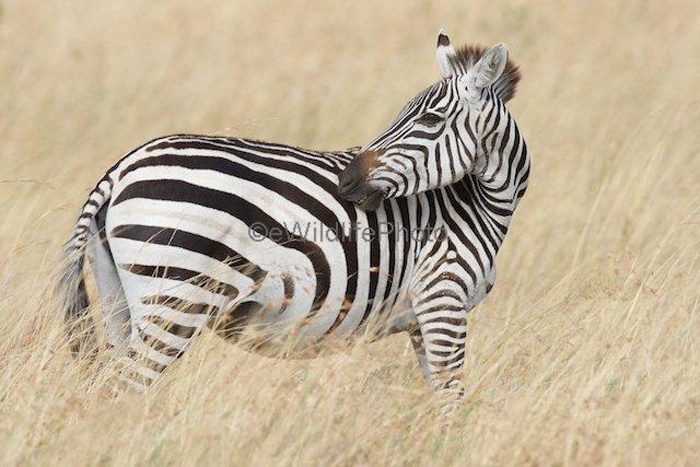
Serengeti National Park
Area: 14,746 km2
Serengeti National Park is the most extreme largest national park in Tanzania. Most of the park, a world Heritage site, is vast open plain broken by rocky outcroppings (Kopjes) and some acacia trees, savannah, and swamps. Nearly 500 species of birds and 25 species of large plains animals can be found in the Serengeti. The Serengeti is particularly famous for the great migration of the wildebeest and zebra through the plains of Tanzania's Serengeti and Kenya’s Maasai Mara. The ecosystem is one of the oldest on earth. The essential features of climate, vegetation and fauna have barely changed in the past million years. Early man himself made an appearance in Olduvai Gorge about two million years ago. Some patterns of life, death, adaptation and migration are as old as the hills themselves. It is the migration for which Serengeti is perhaps most famous. Over a million wildebeest and about 200,000 zebras flow south from the northern hills to the southern plains for the short rains every October and November, and then swirl west and north after the long rains in April, May and June.
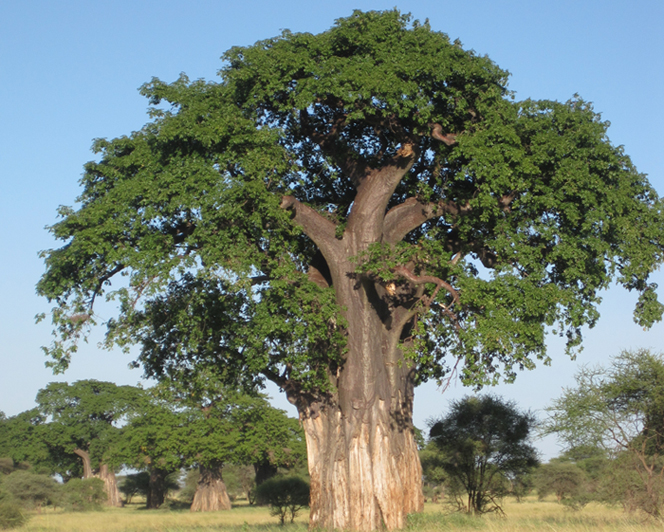
Tarangire National Park
Area: 2850 km2
Tarangire lies in the floor of the Central Rift Valley, a semi-arid region that's still inhabited by various traditional pastoralists, most famously the Maasai. This park is highly rewarding to visit, especially during the latter half of the year, when it is a recommended inclusion on any safari itinerary of longer than a week in duration. The park is also known for it's year round elephant proliferation and the large density of the Baobab trees. Tarangire River, from which the park takes its name, supplies the park with its livelihood and becomes the dry season magnet for the vast herds of wildlife that must come down to drink. Animals commonly seen include the elephants, impalas, wildebeests, hartebeests, zebras, waterbucks, elands, lesser kudus, gazelles and giraffes. Cats like leopards, lions and cheetahs are occasionally seen throughout the year. Acacia and baobabs (the pre-historic looking trees) make this park unique. The park is also rich in birds. According to Ontological Society report, Tarangire National Park contains 350 species.
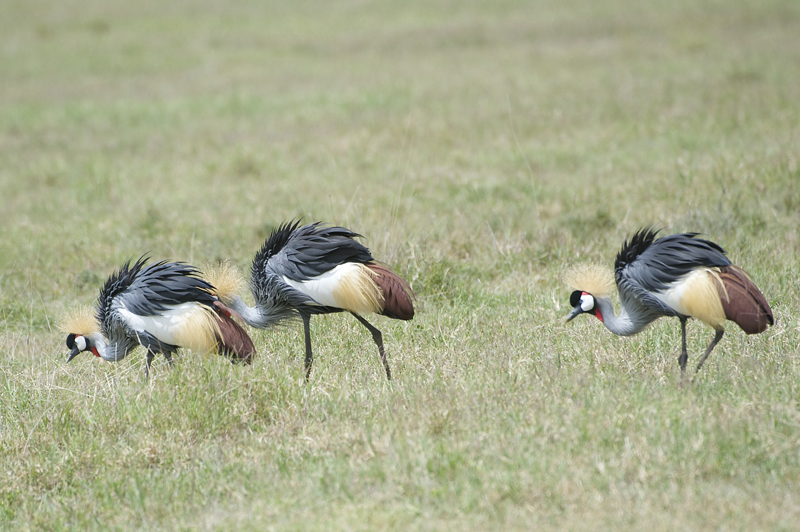
Udzungwa Mt National Park
Area: 1950 km2
Udzungwa Mountains National Park is one of Tanzania’s most
outstanding, pristine paradise and has a unique exciting, forested
mountain wilderness. This
national park is home for primates and known for it's treasure of
high biodiversity of plants and animals. The park has a high density
of endemic species with some plants and animals that are only found
in these eastern arc mountains.
Fauna found are rufous-winged sunbird, udzungwa partridge, sanje
crested mangabey, iringa red colobus, dwarf galago, mountain dwarf
galago, hyrax, squirrel, and many big mammals. There are also more
than 400 bird species.
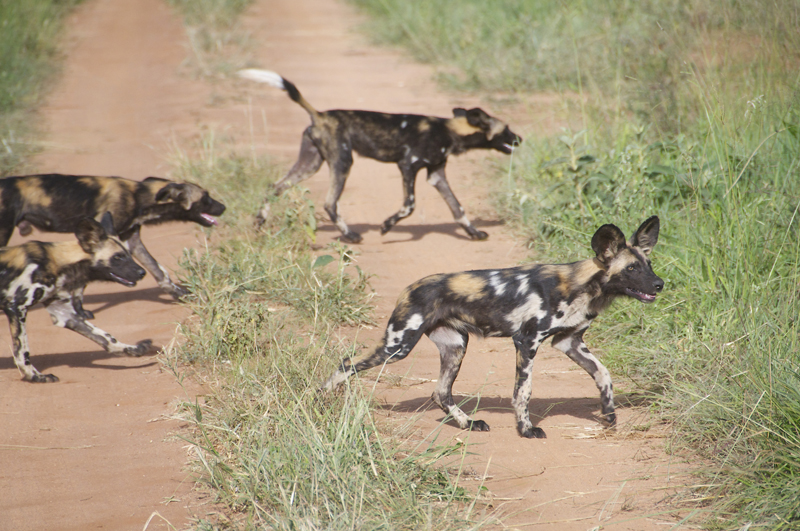
Zanzibar
Things to do
Zanzibar and Pemba are the two main islands of Unguja (commonly referred to as Zanzibar Island). Zanzibar is a partner state in the United Republic of Tanzania with the mainland. The name Zanzibar is derived from a combination of two Arabic words, 'Zenj', meaning black, and 'bar', being the Arabic word for land, resulting in the ancient title 'Land of the Blacks'. Zanzibar absorbed peoples from as far as the Orient and Iberia, Assyria and India. Pemba is the second largest island of the Archipelago, named Al-khudra "The Green Island” by the Arabic mariners. It is famous for its clove production and its channels offer some of the best diving experiences in East Africa. For those who are seeking a more relaxed place, wander along the narrow winding streets of historic Stone Town with its vivid markets and colorful bazaars, or take in the cultural remnants left by one of the world’s largest slave trading post. Then there's always relaxing at the beaches. Commonly known as the "Spice island", Zanzibar is famous for spices such as cloves, cinnamon, nutmeg, vanilla, cardamom, and pepper. Spice tours are also a popular excursion.